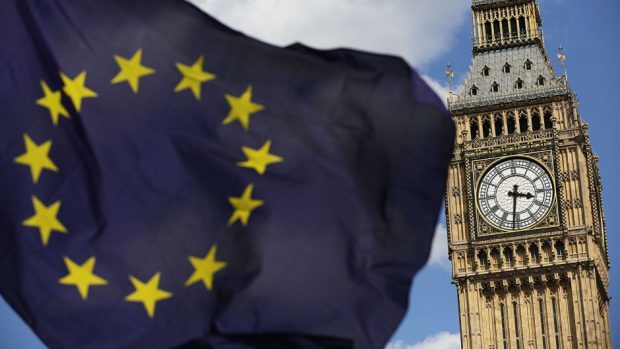New figures released today show a majority of UK business leaders (51%) want to keep in step with the rules of the single market for goods and services after the UK leaves the EU.
By contrast, 21% of Institute of Directors (IoD) members prioritise changes to domestic regulations, even if it reduces access.
IoD, which received responses to its survey from more than 900 members, said this was a clear steer to the UK Government to secure a final deal with the EU that minimises regulatory barriers to trade.
Uncertainty over the shape of the UK’s future relationship with the EU means just under half (46%) of IoD members currently feel unable to plan for Brexit. This figure varies by sector, with directors in manufacturing less likely to say they can plan now (44%), compared to directors in finance (57%).
In total, 61% of firms anticipated they would be preparing for different Brexit scenarios, although fewer than one in 10 (8%) said they had triggered contingency plans, such as moving operations. Overall, around one in five (22%) thought they might have to move some operations to the EU.
IoD EU and trade policy head Allie Renison said: “Members are clear that they want the UK to cooperate closely with the EU after Brexit to make sure they have the most access they can get to the single market.”
